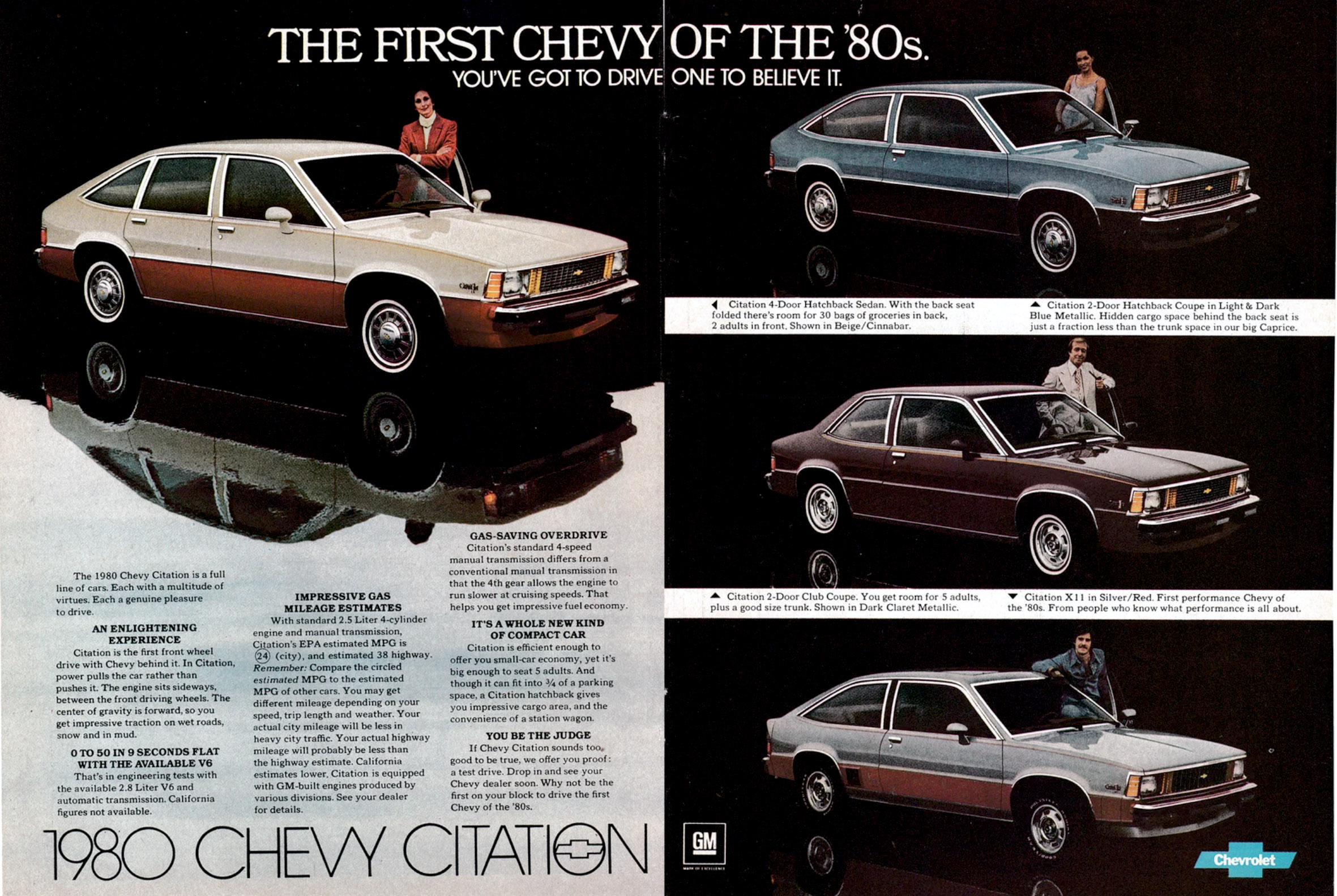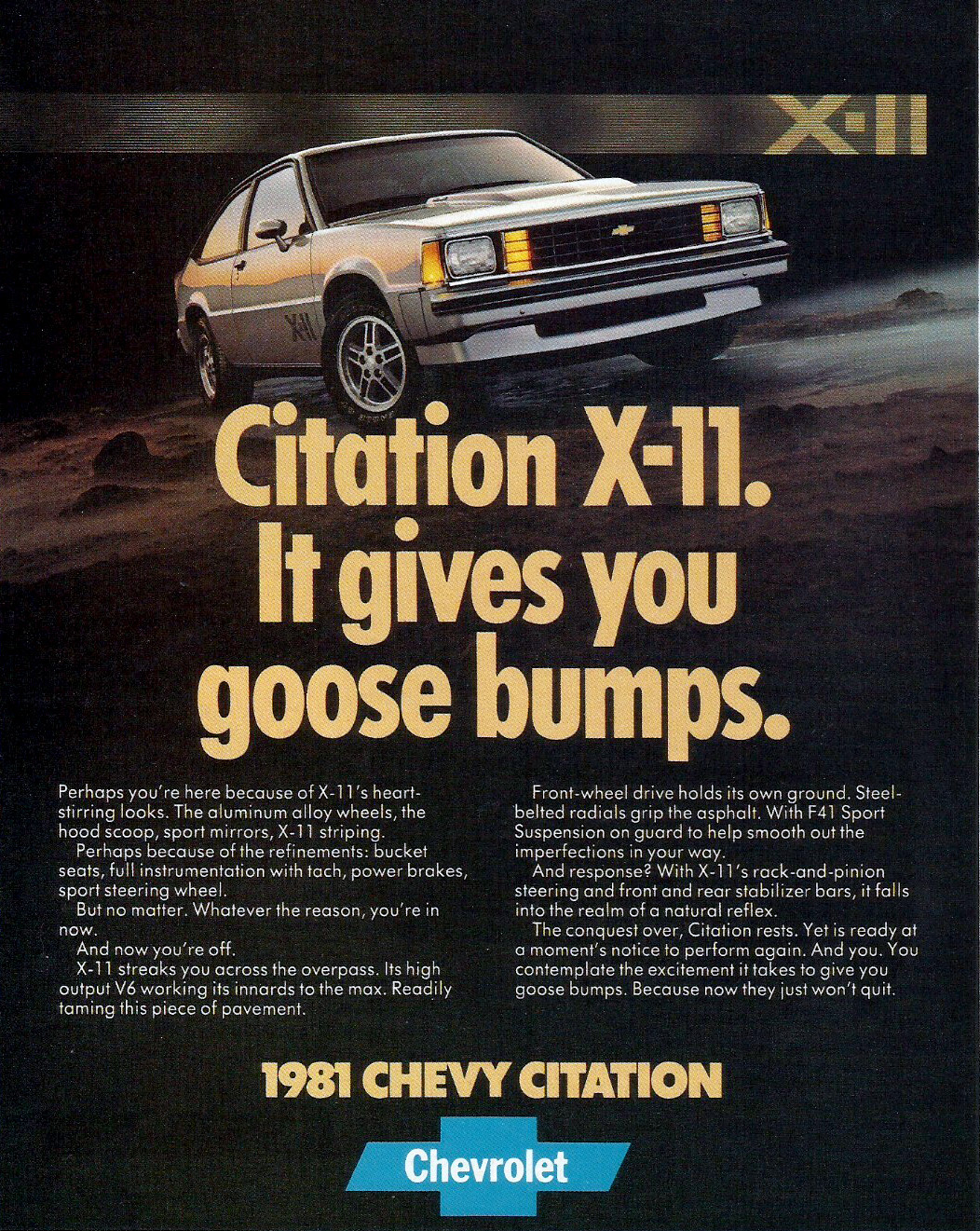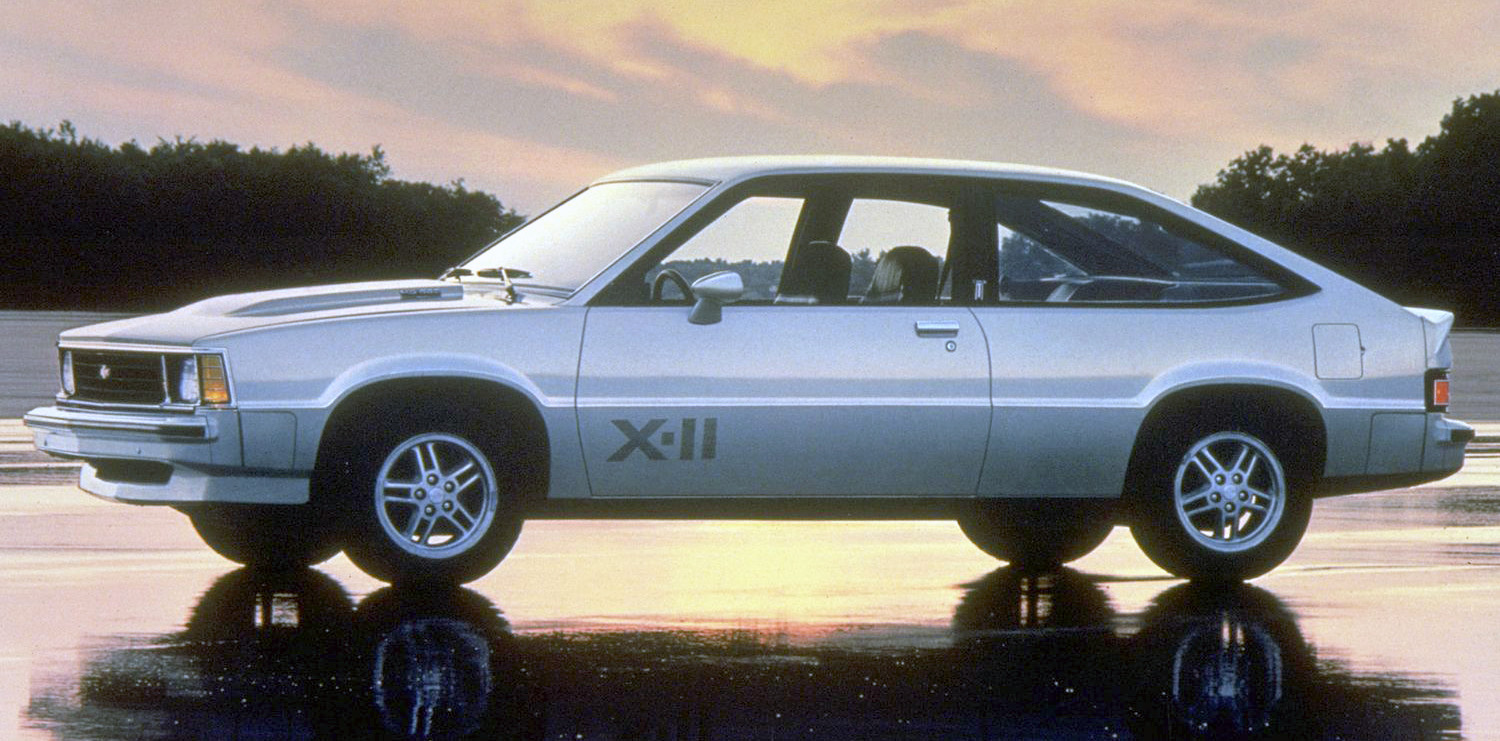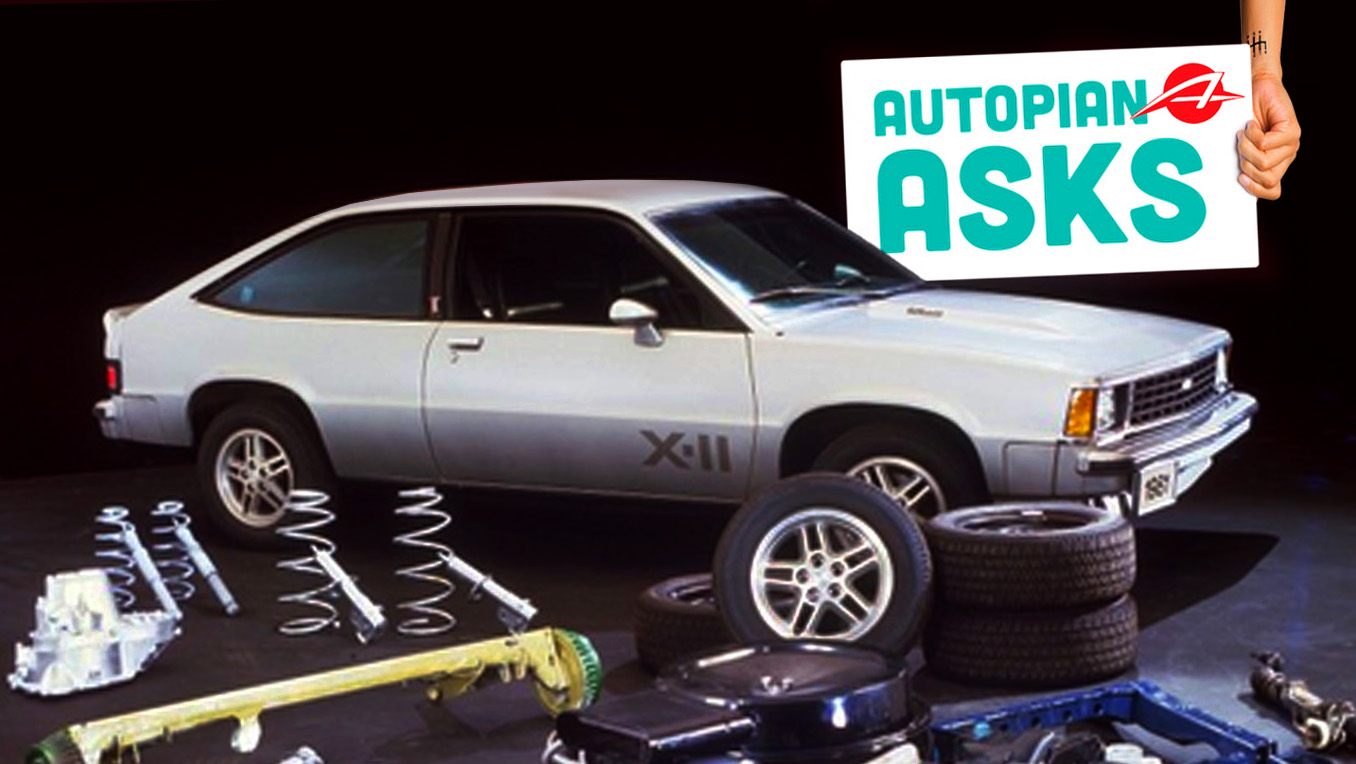There are many reasons why The Autopian doesn’t make those hackneyed “worst car” lists. First of all, they’ve been done to death, and second, we’re pro-car here. “Bad” cars from the Yugo to the Lexus SC430 all have their merits, and their makers tried, and they aren’t nearly as bad as those click-bait posts would have you believe.
That said, we readily admit that there have been cars over the years with more than their fair share of issues. However, certain versions of these notorious rides were a lot better than the run-of-the-mill examples. They usually had plenty of the same imperfections to be sure, but enough positives to possibly outweigh the negatives. And those are the cars we’re Autopian Asking about today.
Spacer
The new-for-1980 GM X-Body cars were revolutionary front-wheel-drive replacements for ancient compacts like the Chevy Nova, and it’s hard to think of a more dramatic one-year change in almost any car line ever produced. It could even tow a trailer with just THREE of its wheels!
Mercedes Streeter would get some twin-turbo, ten-liter F850 thing to tow that boat, but a Citation and three good tires is all anyone needs.
Sadly, in the typical fashion of GM at the time, many of the bugs were worked out by the first buyers instead of the engineering team, resulting in what was possibly the most recalled car in automotive history and a horrible reputation.

Chevy’s version of the X-Body was the Citation, and the initial X-11 “sporting” version wasn’t much more than a cosmetic package. Most people rightfully turned away, but in 1981 GM turned the X-11 into something far more formidable than a mere sticker set. The X-mobile’s suspension, tires, and V6 engine were all changed, tuned, and tweaked to make a spacious manual-transmission driver’s coupe that could get to sixty in a then-speedy 8.5 seconds and pull over .8g on the skidpad.

In size and spec, this thing compared favorably to the far more expensive Saab 900 Turbo, at least on paper or a smooth road. Need proof? In 1982 and 1984, the SCCA Showroom Stock Championship for the import-packed Class B was won by a 1981 Citation X-11.

If we fast-forward a couple of decades and swing by Chrysler HQ, we find the PT Cruiser is making its debut. Performance of the initial rental-car-spec models wasn’t thrilling and the PT Cruiser’s funky styling was lambasted mercilessly by the unimaginative, but buyers loved the retro look, and the Cruiser gained performance cred when the GT model hit the streets with 230 turbocharged horsepower and a five-speed manual.

While not earth-shattering, the GT’s zero-to-sixty time of under seven seconds and sport-tuned suspension made for a rather formidable and extremely unlikely “hot hatch.” So much for your “PT Loser” jokes, haters.

There are plenty more examples of cars that went from sad to solid, but I’m just going to stop here and leave it to you. What are some of the best versions of maligned cars can you think of?









My first car in the mid 80’s was dad’s hand me down 82 Chevy Citation auto V6. Although it lasted only 65k or so before the engine died, the Citation was a pretty modern(for the time)and utilitarian design. Mine had the vertical radio which made it hard to upgrade though. Boy did I lust after the X-11!
It’s interesting you mention the X-11. Just last weekend I bought, at a little used book store going out of business in Lenoir City, TN, a Popular Mechanics from 1983. I recognized the issue instantly, having received it in the mail in my subscription in 1983. It carried an article comparing different sporty coupes from Audi, Saab, Volvo, BMW…and Chevrolet.
The Citation X-11 shocked the hell out of everyone on the outside. It was the quickest member of the group (dragstrip performance deep in the Malaise Era being lackluster at best), nimble and very affordable. And on the inside it shocked no one at all, being clearly built down to a price and then having a few more corners cut besides. It was an example of what can be attained if you put your mind to it, and also what can be lost if you choose not to defend your ground. It was generally agreed that BMW had been napping on its laurels and had let pretty much everyone including GM pass them by. And GM was pretty serious about this thing too; the X-11 got a different 4-speed manual than the regular model; the X-11 gearbox let the car hit 60 in second gear and about 2 seconds quicker than the family version.
Fun factoid: the power bump on the hood of the X-11 is functional. At WOT the windshield-facing flap that seals the back end of the bump opens up to draw air from the high pressure zone at the base of the windshield.
Unfortunately GM then pushed its laurels into a comfortable shape and laid down for a nap of their own. Ah well.
The 1995 BE91 Ford Fiesta from the horrible BE13 – the body didn’t change a lot, but the new Sigma engine, some careful stiffening of the structure, and revised suspension brought it from near the bottom of the class for driving pleasure to the top. Similarly, the 1995 European-market Escort was a much better car than it had been in 1989, with even less external changes, but the model’s reputation by that time was so low that no-one noticed, and Ford decided a name change was needed for the next generation, hence the brilliant Mk1 Focus.
Someone already mentioned the Omni GLH, but another good example is the Syclone/Typhoon. As a small truck, the S10 was outclassed by offerings from Japan, and the Jimmy was pure awful – if you wanted an SUV back then, you probably wanted the Explorer.
But then the Sy/Ty came out and you could buy one and beat Porsches in drag races. In a truck.They were hilariously awesome and I’m tempted to get one even today.